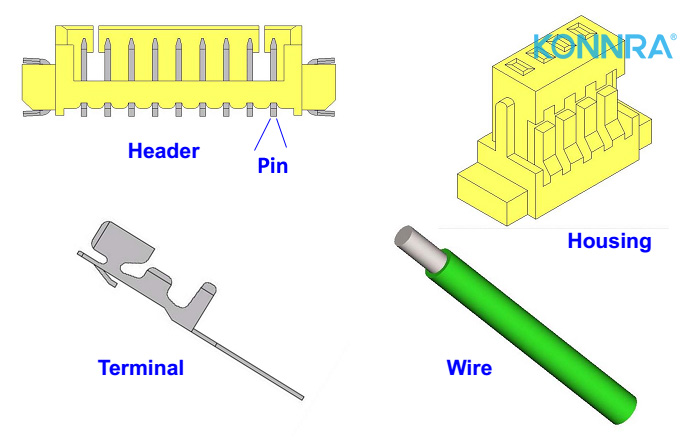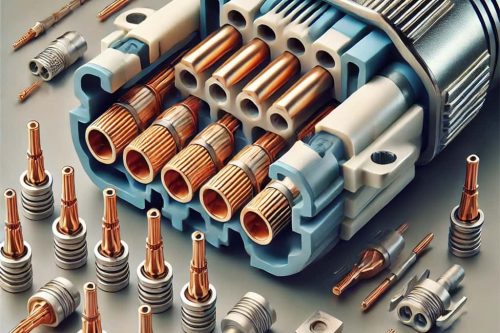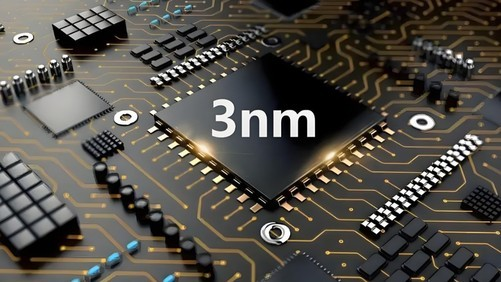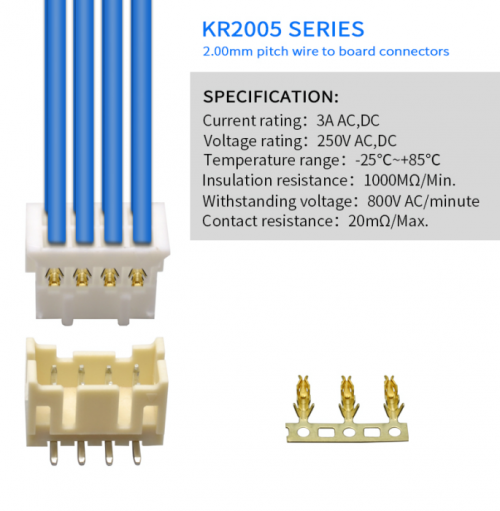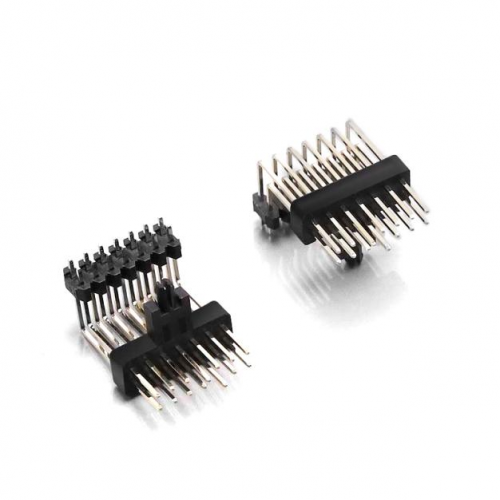The PIN pin is a key component of the industrial connector. It directly determines the quality of the product, and reasonable design is important. Many industrial socket and plug suppliers have been working on research and development of this technology.
Common PIN pin types
1 Plug-in Pins: Technical and design knowledge of plug-in pins for industrial sockets and plugs. The pin is inserted into the elastic sleeve. The pin is made of brass, which has better mechanical properties than red copper, but it has a higher specific resistance than red copper and silver. Additionally, brass is more susceptible to oxidation. Oxidation will create greater contact resistance.
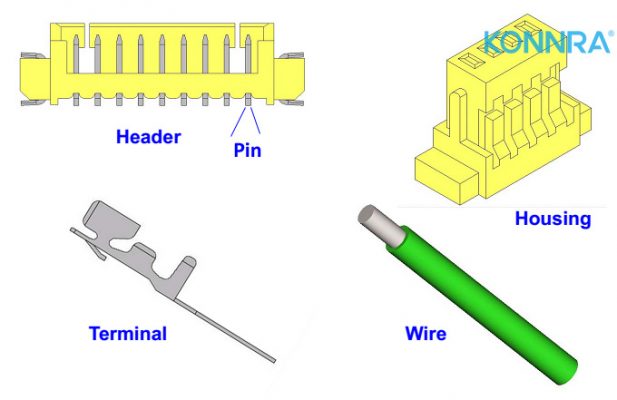
In order to prevent temperature rise caused by excessive contact resistance, the pin must have sufficient pressure. However, excessive pressure can make the plug or outlet difficult to insert and remove. Insert pins have the obvious advantages of low material cost and easy manufacturing, and the quality can be well controlled. It is a technology approved by IEC (ceeform)
- Contact pins: Contact pins for industrial sockets and plugs. This type has greater short-circuit current tolerance, but the pin material must be silver alloy, which is very expensive. These pins are widely used especially in the field of electric locomotives
Industrial connector pin parameters and material standards
Contact resistance: The additional resistance in the contact area of two metal conductors is called contact resistance. Under a microscope, contact occurs only at a few contact points. The current wire shrinks on the contact surface, creating a shrinkage resistance rs. In addition, contact surfaces exposed to air can quickly form thin films (such as oxide films) and thin film resistors RB. Therefore, the contact resistance is: RJ=RS+RB
Pin pressure F: This pressure acts on two pins to make them contact. Increasing pin pressure can reduce RJ because the increased pressure makes the contact patch larger. Additionally, increased pressure can also damage the membrane, thereby reducing RB
Temperature changes: After being powered on for a long time, the pin temperature will increase. This change is not only related to the current, material and size of the pin, but also to the pin pressure
The material requirements of industrial connector pins are related: physical properties such as specific resistance, mechanical strength and chemical properties will directly affect the contact resistance. When selecting materials, a combination of reduced shrinkage resistance Rs and film resistance RB needs to be considered. For example, brass, nickel, tungsten and other materials easily form oxide films. They can be selected only if the film is removed by mechanical or electrical methods. Although silver oxide has good electrical conductivity, it may produce sulfides. Materials like gold are difficult to oxidize, but are too soft and risk plastic deformation
High-quality industrial connectors have some design requirements and standards for PIN pins:
- Under normal current, the temperature of the pin will not rise too high
- Short circuit current tolerance
- Moderate insertion and extraction work
4. Easy to operate
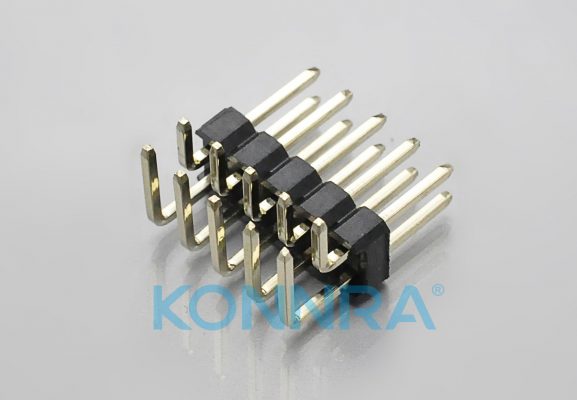
It should be noted that in the actual design process, contact resistance is difficult to calculate, which requires a lot of experiments and good experience. The above is the knowledge about the PIN pins of industrial connectors introduced to you by Konnra Electronics Co., Ltd. in Dongguan City, China.
